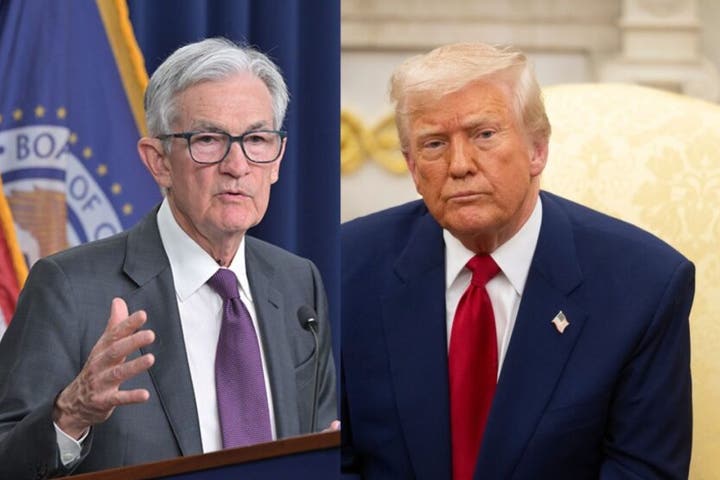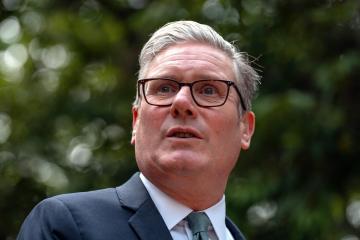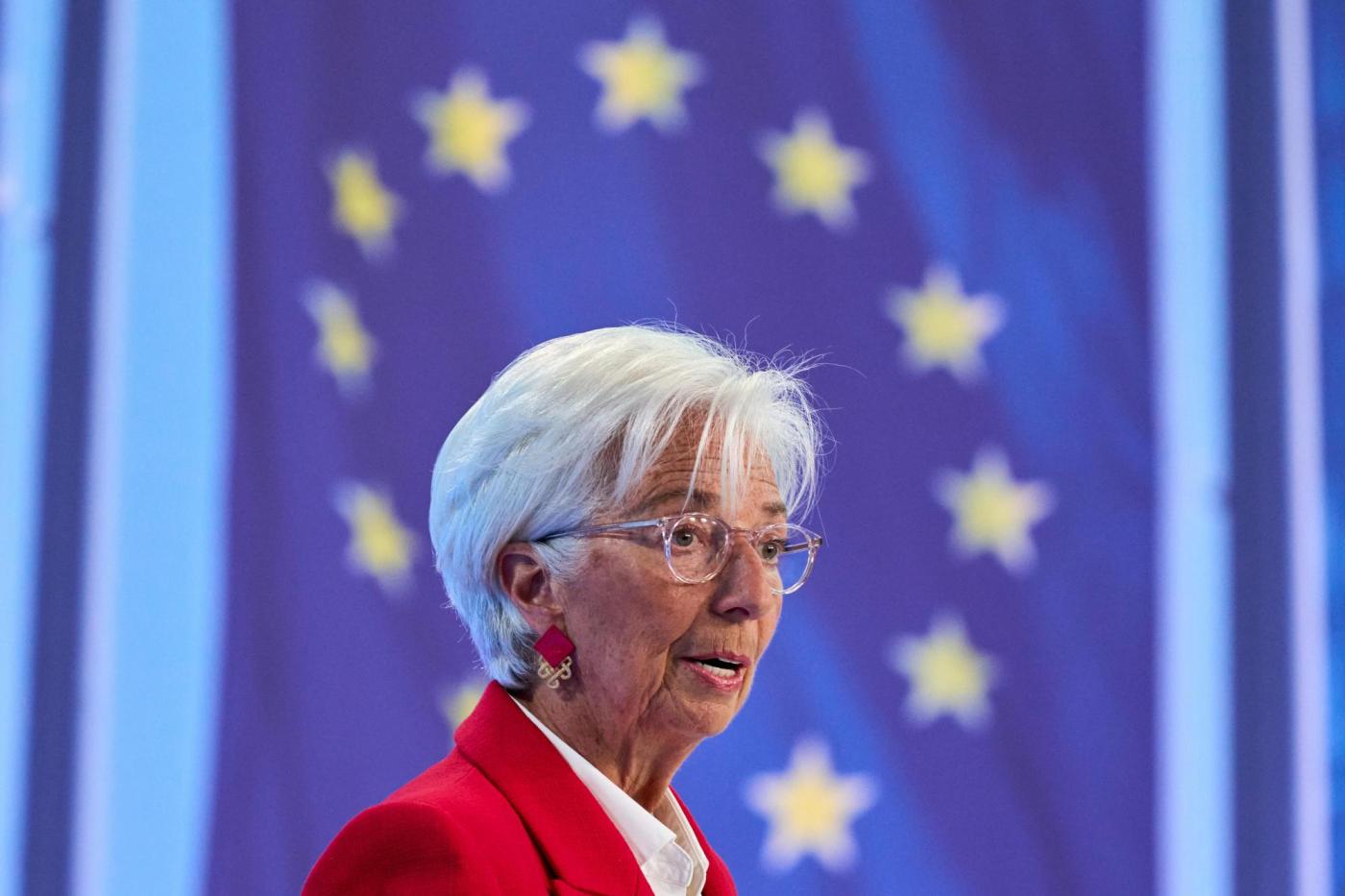President Donald Trump’s persistent calls for the Federal Reserve to implement deeper interest rate cuts appear increasingly at odds with the economic realities shaped by his administration’s own legislative initiatives. While President Trump continues to publicly pressure Federal Reserve Chair Jerome Powell for more accommodative monetary policy and cheaper money, a closer examination reveals that the recently passed tax-and-spending legislation, dubbed the “Big Beautiful Bill” by its proponents, may inadvertently be making such reductions harder to achieve within the broader US Economy.
The core of this economic paradox lies within the ambitious tax and spending provisions embedded in the “Big Beautiful Bill.” Far from facilitating lower borrowing costs, the legislation is widely expected to exert upward pressure on these very rates. As journalist Matt Yglesias highlighted in a discussion with the New York Times’ Ezra Klein, the massive borrowing necessary to finance the bill’s expenditures introduces significant inflationary risks. This direct consequence fundamentally complicates the Federal Reserve’s mandate and its ability to justify, let alone achieve, the long-term reduction in interest rates that President Trump desires.
Economists have long understood that substantial government borrowing can ignite inflationary pressures, and the “Big Beautiful Bill” is no exception. Yglesias’s analysis underscores that extensive governmental debt, by increasing the overall demand for capital, can effectively push up the price of money—interest rates. Such a scenario directly counteracts the goal of cheaper money for consumers and businesses, placing the Federal Reserve in a difficult position where fighting potential inflation must take precedence over lowering borrowing costs to stimulate the US Economy.
Further exacerbating the challenge, the “Big Beautiful Bill” is projected to significantly expand the federal deficit. This ballooning deficit carries a critical economic implication: the potential to “crowd out” private lending. When the government borrows heavily to finance its spending, it competes with private entities for available capital, driving up the cost of borrowing for everyone else. This dynamic directly pressures the Federal Reserve to maintain higher interest rates, regardless of public calls for cuts, in order to manage the supply and demand for credit.
The ripple effect of sustained high interest rates due to these fiscal policies extends directly to the financial well-being of average American households. Increased borrowing costs mean higher mortgage rates, more expensive car loans, and costlier credit card debt. This directly translates to an increased cost of living, effectively diminishing the purchasing power and financial stability of citizens across the US Economy, a counterintuitive outcome given the stated aims of some economic policies.
Ultimately, the current economic landscape highlights a complex and often counterintuitive relationship between the fiscal policies enacted by the administration of Donald Trump and the monetary decisions of the independent Federal Reserve. While the President advocates for lower interest rates to spur growth, his administration’s significant tax-and-spending bill creates conditions that may compel the Federal Reserve to keep rates elevated. This intricate interplay of government borrowing and central bank policy significantly shapes the nation’s economic trajectory and directly impacts the financial stability of its citizens.






